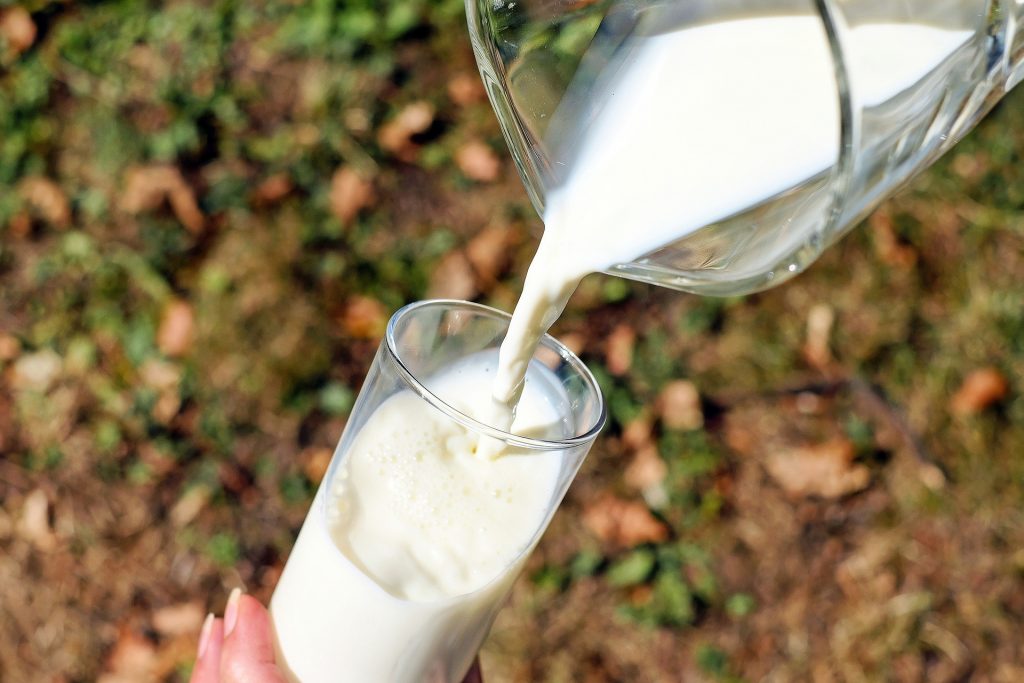Osteoporosis occurs when we don’t make enough bone, we lose too much bone, or sometimes a combination of the two. The result is weaker bones that can break easily. Fractures are not only painful, but also expensive, and can make it harder for you to be independent and enjoy your favorite activities. Fortunately, there are lots of steps you can take to reduce your risk of developing osteoporosis.

Are you at Risk?
There are a variety of risk factors for osteoporosis, some that we can change, and others we cannot. Some examples of unchangeable risk factors are:
- Age
- Gender
- Body Frame size
- Family History
- Menopause
Risk increases with age, and postmenopausal women have a higher risk, especially if they have a small body frame or a family history of the disease.
Fortunately, there are some risk factors you can change, such as the quality of your diet. A variety of nutrients contribute to bone health, and a well-balanced diet can help you get adequate amounts.
- Especially important are calcium, vitamin D, potassium, vitamin K, magnesium, and vitamin C. These are primarily found in dairy products, dairy substitutes like soy or almond milks, fruit, vegetables, fish, and fortified foods. Contact your healthcare provider if you think you need a supplement or multivitamin.
Food and Health
Nutrition plays an important role in preventing or managing many health concerns such as heart disease, diabetes, cancer, and arthritis. Food does not take the place of a doctor’s care or medication, but it can improve symptoms, and may even help decrease the amount of medication you need. Here are a few ways food can help:
Fruits and Vegetables
These contain carbohydrates, which we all need for energy. They also have fiber, a nutrient many Americans do not get enough of. Fruits and vegetables are a great source of cancer-fighting antioxidants, and have anti-inflammatory properties, which can help aching joints.
Whole Grains
These are a great source of fiber, which can help stabilize blood sugar and clear out cholesterol. Soluble fiber (the kind found in oats) is especially helpful for your heart.
Fish
Fish is a source of lean protein and healthful fats. These can help control blood glucose, and also aid in recovery and weight management for those receiving cancer treatments. It is also a good source of Omega 3 fatty acids, which can reduce swelling in joints and protect our hearts.
Nuts and Oils
These are great sources of monounsaturated and polyunsaturated fats, which are good for our hearts and help lower cholesterol. They are a dense source of calories for those trying to gain or maintain weight, and they also take a long time to digest. This can help us feel fuller longer, and also help with blood sugar control.
Dairy
Dairy products like milk, yogurt, and cottage cheese are a good source of carbohydrates, calcium and protein. This can also help with blood glucose control and osteoporosis prevention.
Did You Know?
Osteoporosis is unfortunately more common than you might think! According to the National Osteoporosis Foundation, some estimates indicate that about 1 in every 2 women over 50 will break a bone because of osteoporosis.


